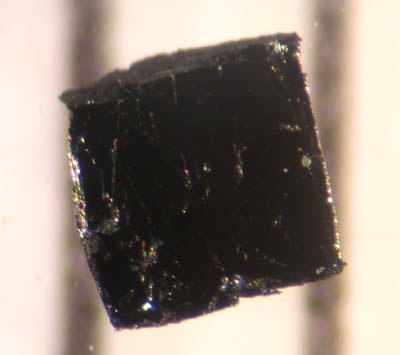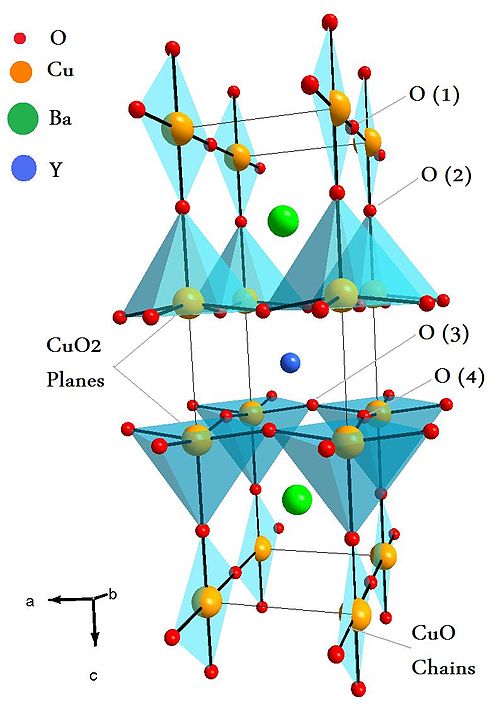K. Alex Müller
Videos
Page
Karl Alexander Müller was a Swiss physicist and Nobel laureate. He received the Nobel Prize in Physics in 1987 with Georg Bednorz for their work in superconductivity in ceramic materials.

Müller in 2001

Müller in 2002
High-temperature superconductivity
Videos
Page
High-temperature superconductors are defined as materials with critical temperature above 77 K, the boiling point of liquid nitrogen. They are only "high-temperature" relative to previously known superconductors, which function at even colder temperatures, close to absolute zero. The "high temperatures" are still far below ambient, and therefore require cooling. The first break through of high-temperature superconductor was discovered in 1986 by IBM researchers Georg Bednorz and K. Alex Müller. Although the critical temperature is around 35.1 K, this new type of superconductor was readily modified by Ching-Wu Chu to make the first high-temperature superconductor with critical temperature 93 K. Bednorz and Müller were awarded the Nobel Prize in Physics in 1987 "for their important break-through in the discovery of superconductivity in ceramic materials". Most high-Tc materials are type-II superconductors.

A sample of bismuth strontium calcium copper oxide (BSCCO), which is currently one of the most practical high-temperature superconductors. Notably, it does not contain rare-earths. BSCCO is a cuprate superconductor based on bismuth and strontium. Thanks to its higher operating temperature, cuprates are now becoming competitors for more ordinary niobium-based superconductors, as well as magnesium diboride superconductors.

Fig. 1. The Fermi surface of bi-layer BSCCO, calculated (left) and measured by ARPES (right). The dashed rectangle represents the first Brillouin zone.

Unit cell for the Cuprate of Barium and Yttrium (YBCO)

Small magnet levitating above a high-temperature superconductor cooled by liquid nitrogen: this is a case of Meissner effect.